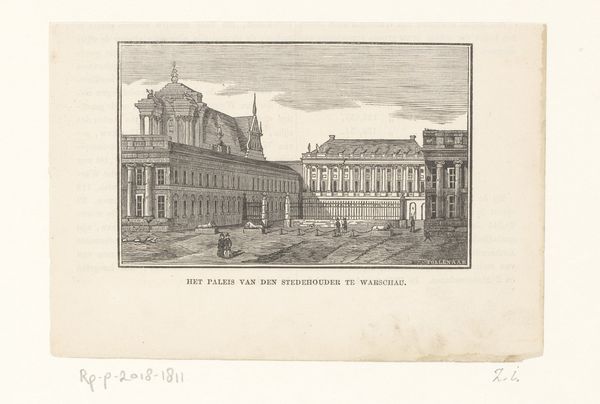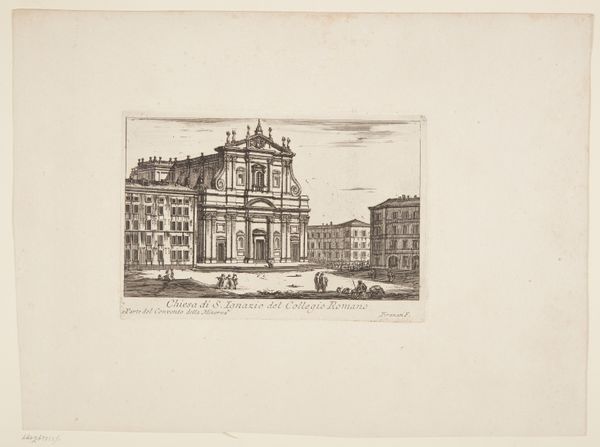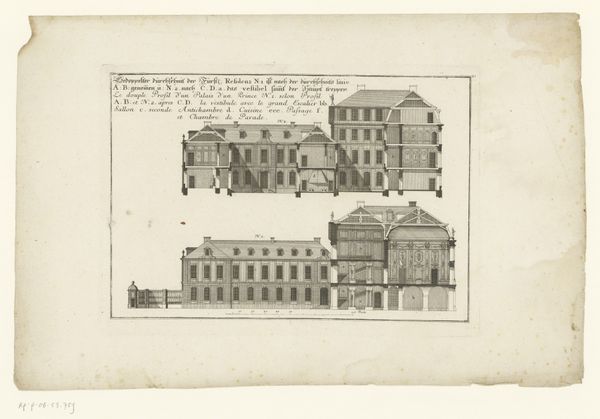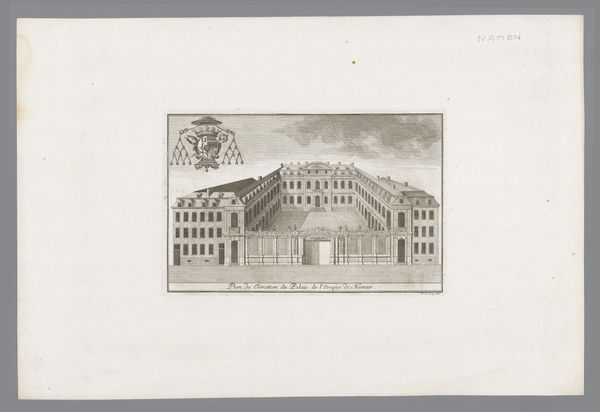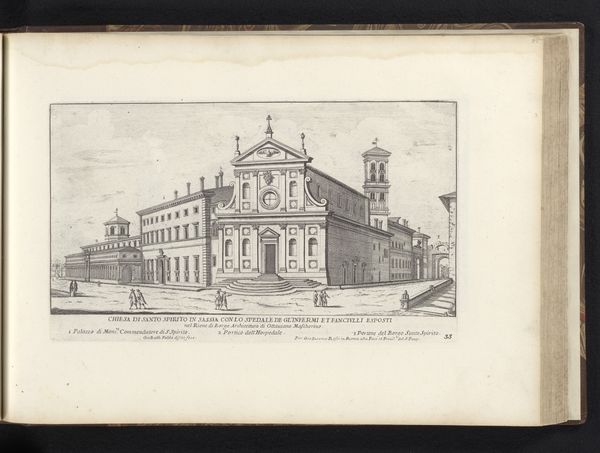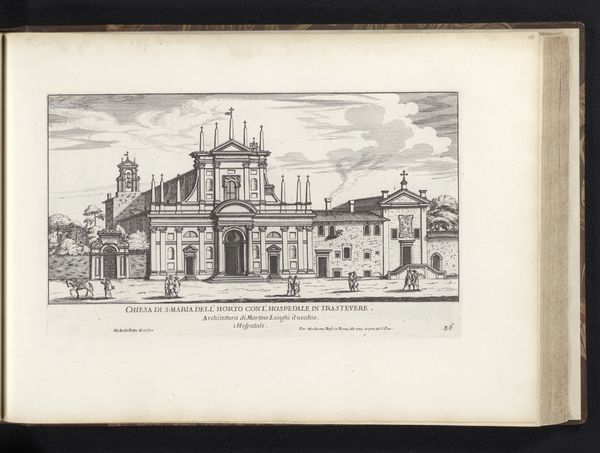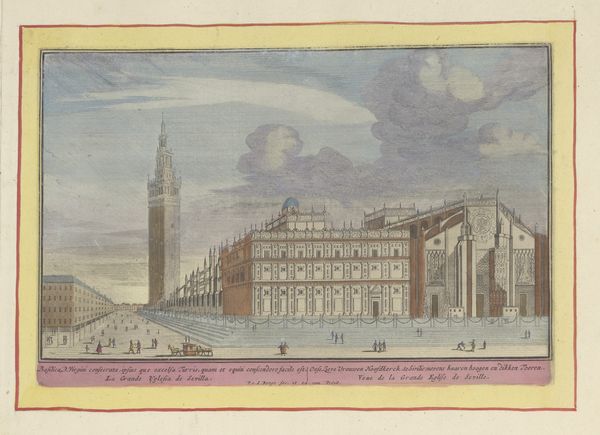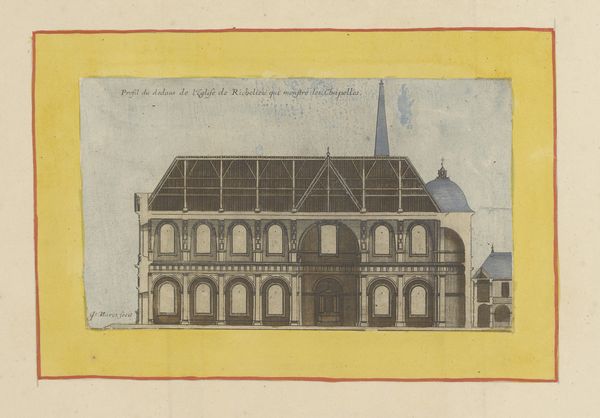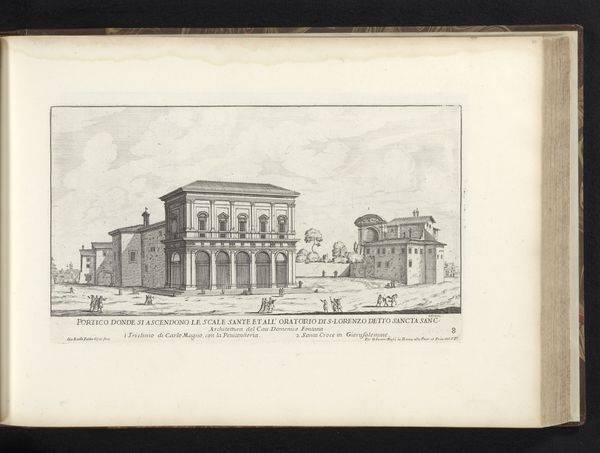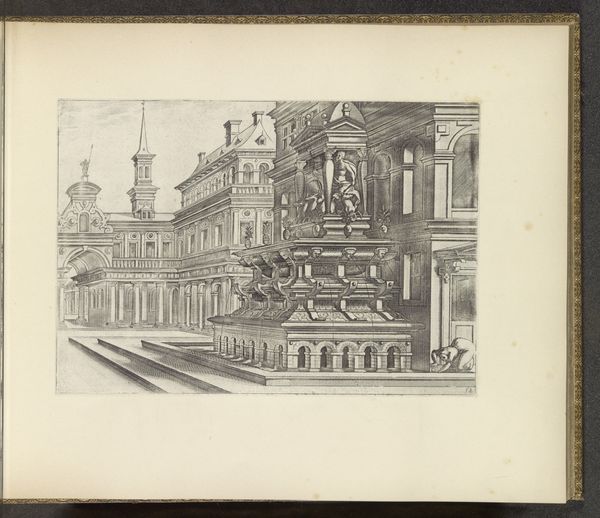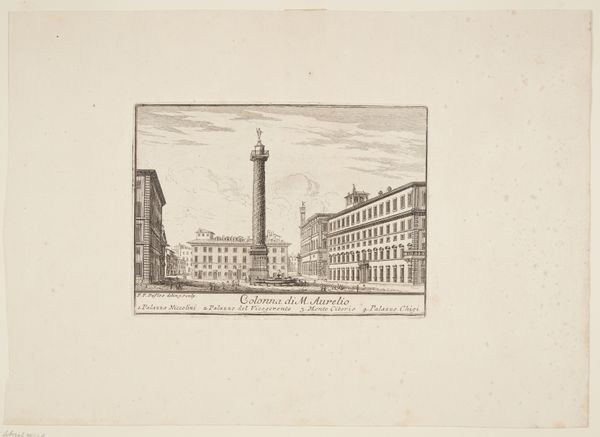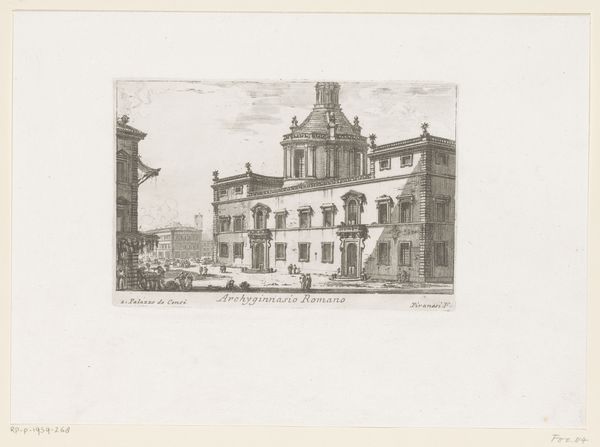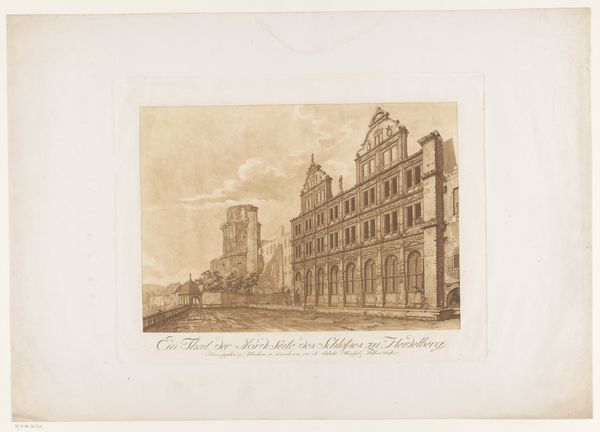
drawing, painting, print, paper, watercolor
#
drawing
#
baroque
#
painting
# print
#
paper
#
watercolor
#
cityscape
#
watercolor
Dimensions: height 125 mm, width 155 mm
Copyright: Rijks Museum: Open Domain
Curator: Ah, here we have "Dom van Florence" by Israel Silvestre, likely created between 1631 and 1717. It's a cityscape rendered in watercolor and other painting mediums on paper, currently residing here at the Rijksmuseum. Editor: It has the cool remove of a souvenir postcard, doesn't it? Something you might pick up to remember the grandeur of Florence, all softened by time and memory. A bit faded. Curator: The delicacy is striking, isn't it? Look at how the washes of watercolor capture the light on the Duomo's dome. Silvestre seems to capture the essence, the dream of Florence more than its sheer, imposing physical presence. Editor: I find it interesting to consider the paper itself. Paper was a valuable commodity in the 17th century; a support surface that could be considered a carrier of information and culture as much as the image itself. A cityscape like this, printed or drawn, helped spread architectural ideas beyond Florence's walls. Think of it like pre-digital image sharing! Curator: A good point. It makes you ponder the relationship between the artistic vision and its propagation. It whispers a narrative of craftmanship—the artisan, the material, the landscape, and then, the collector—it all touches lightly, gracefully. Editor: And how these prints fuelled a market, transforming buildings into commodities for consumption, reproduced and distributed for eager viewers who, like today, are compelled to visit these beautiful places. Curator: You’re reminding me that even these ethereal watercolours served economic functions, just like today's travel photography or Instagram posts! Editor: Precisely. And Silvestre, by capturing Florence's image, participates in shaping its identity and allure for generations to come, blurring the line between art and commerce. Curator: Seeing how those material conditions, combined with Israel's artfulness, bring this historical cathedral so delicately to life, across so much time...it does something to me. Editor: Agreed. When we examine the processes and conditions of artistic production, the "aura" of a artwork often strengthens rather than weakens. I feel the pull of Florence, ready to board a plane, but this time also thinking about labor, materiality and dissemination... fascinating stuff!
Comments
No comments
Be the first to comment and join the conversation on the ultimate creative platform.
